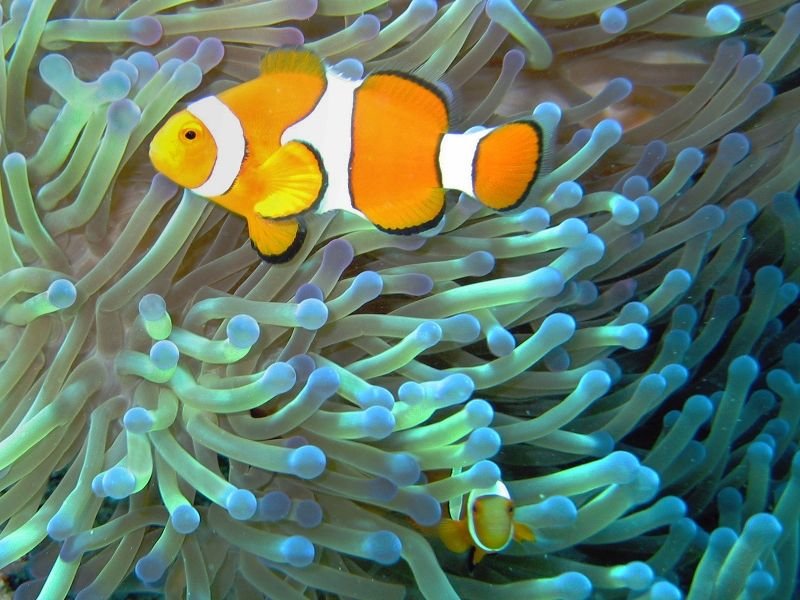1
[Max] I need help! / Corona VDB Artifacting
« on: 2021-11-06, 15:29:29 »
No matter how hard I try, I can't get Corona to render a VDB of any substantial "thickness" (increasing the scale, for example) without it visibly rendering the voxels. I've tried modifying the step size, the scale, the interpolation type, adjusting the channel mapping...everything I can think of. Ordinarily I'd chock this up to the limitations of grid-simulations, but the attached image shows V-Ray handling the cloud much better. I'm not sure what manner of witchcraft they're doing but the difference is staggering. Is this just a current VDB implementation limit, or am I doing something wrong? Is there a setting someplace I can tweak in the engine itself?
I would attach the scene but this is a dense VDB (nearly 75 million cells). A single simulation frame can be over 500mb, with the last in the sequence nearly a gigabyte in size. It should be noted that the cloud was simulated with Phoenix FD. Could the simulation engine make a difference? Any help would be appreciated!
I would attach the scene but this is a dense VDB (nearly 75 million cells). A single simulation frame can be over 500mb, with the last in the sequence nearly a gigabyte in size. It should be noted that the cloud was simulated with Phoenix FD. Could the simulation engine make a difference? Any help would be appreciated!




